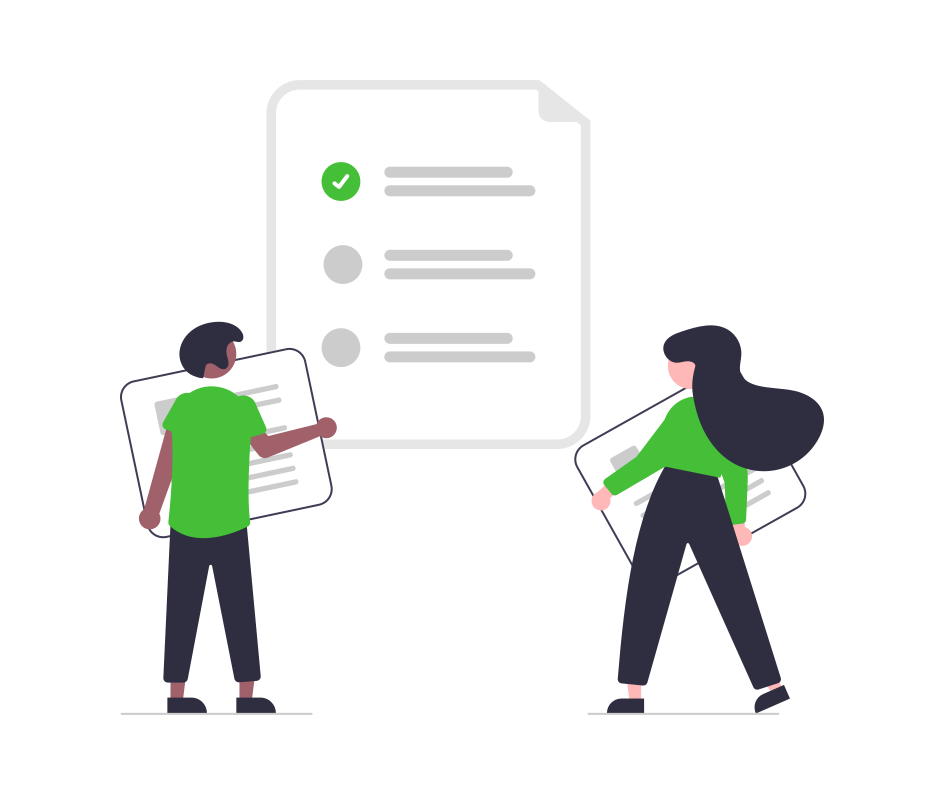3,2,1.. Website Launch Checklist
Ready to launch your sparkling new startup website? Great! But before you do, run through this checklist to make sure it’s really ready.
Posted on September 18, 2021 by Alain

Ready to launch your sparkling new startup website? Great! But before you do, run through this checklist to make sure it’s really ready.
Posted on September 18, 2021 by Alain

Ready to launch your sparkling new startup website? Great! But before you do, run through this checklist to make sure it’s really ready.
Don’t have website yet? Not sure where to go for help? Contact us for our professional web design and development services.
Even if you’ve read it a thousand times, re-read it or better still get someone else to read it. When you’ve become used to your content it’s all too easy for your eyes to skip over spelling mistakes and missing words.
How does your site look in different browsers on different operating systems? Check Browsershots.org to find out. It’s one of the best browser checking services and it’s free.
Sounds basic but it’s amazing how easy it is to miss an important navigation link that doesn’t work. Don’t just check that it looks ok – actually click it. The same goes for any clickable part of your site.
A page title is doing a good job if it’s clear, meaningful and not too long (around a max of 70 characters). One successful format you can follow is keywords near the start followed by a compelling call to action (“Dedicated Hosting – 25% off this week”). There’s more detail on writing effective page titles in our tutorial on SEO.
For most websites an About page is a good idea. That’s especially true if you’re writing as an expert or trying to sell products either directly or through affiliate marketing. People like to know who they’re dealing with and why they should trust your opinion.
For the same reason, make sure you include a photo of the people behind the site. If you’re focusing on a particular activity or hobby, try to use a photo that shows you involved in the activity. If you have a fishing site, for example, you’ll create an instant connection between you and your audience if there’s a picture of you beaming as you hold up a prize catch.
Don’t make the common mistake of thinking your About Us page should be all about you. It’ll be much more effective if your page focuses on how you can help your readers or customers with the problem they’re trying to solve.
If you’re in a crowded market, write a few lines to describe why you’re different to the competition.
A well written About page is great opportunity to build trust with new users – so take the time to get it right and make sure the link is easily found.
Chances are if someone goes to the trouble of filling in a contact form they’re really interested in what you’re doing or selling.
That means you need to check your contact page is easily found and actually works. Because they use scripts on the server to send mail, it’s always a good idea to check they’re still working after any upgrades you or your hosting company makes to things like WordPress and PHP.
Consider adding a prefix to the subject line of each email and using that prefix as a message filter so you can be sure contact form emails never end up in your Spam folder.
Not every site needs a privacy policy but many do as it’s often a requirement of web ad agencies. That’s certainly the case with Google AdSense.
Ask Yourself If You Would Trust Your Website If you’re an ecommerce site asking users to enter their credit card information you need to make sure your site looks reputable and trustworthy.
Even if you’re not directly selling to the user you still need to be sure the trustworthiness of your content isn’t being undermined by a cheap looking design or pages that load incorrectly or too slowly. See our previous post on improving site loading time.
Try to get someone who’s never seen your site to take a look. I guarantee you they will find at least one bug you missed, or tell you that something you thought was obvious isn’t and needs to be rethought. If you can get several people to test so much the better.
Social sharing is crucial these days for good ranking in search engines. Having convenient sharing buttons near your content helps encourage your readers to share. You’ll need buttons in place for Facebook, Twitter and Google Plus. You might also try a LinkedIn button if your site is business orientated – or if you’re particularly active on LinkedIn – and Pinterest or Tumblr buttons if your site features a lot of images.
If you’re not building an email list you’re losing out. Users who like your content so much they’re willing to give you their email address are quite likely to buy a product from you or follow your recommendations in the future.
Make sure it’s clear where people can sign up for your newsletter and check that the entire signup process works, including the double opt-in process with your mailing list provider.
# insights # web